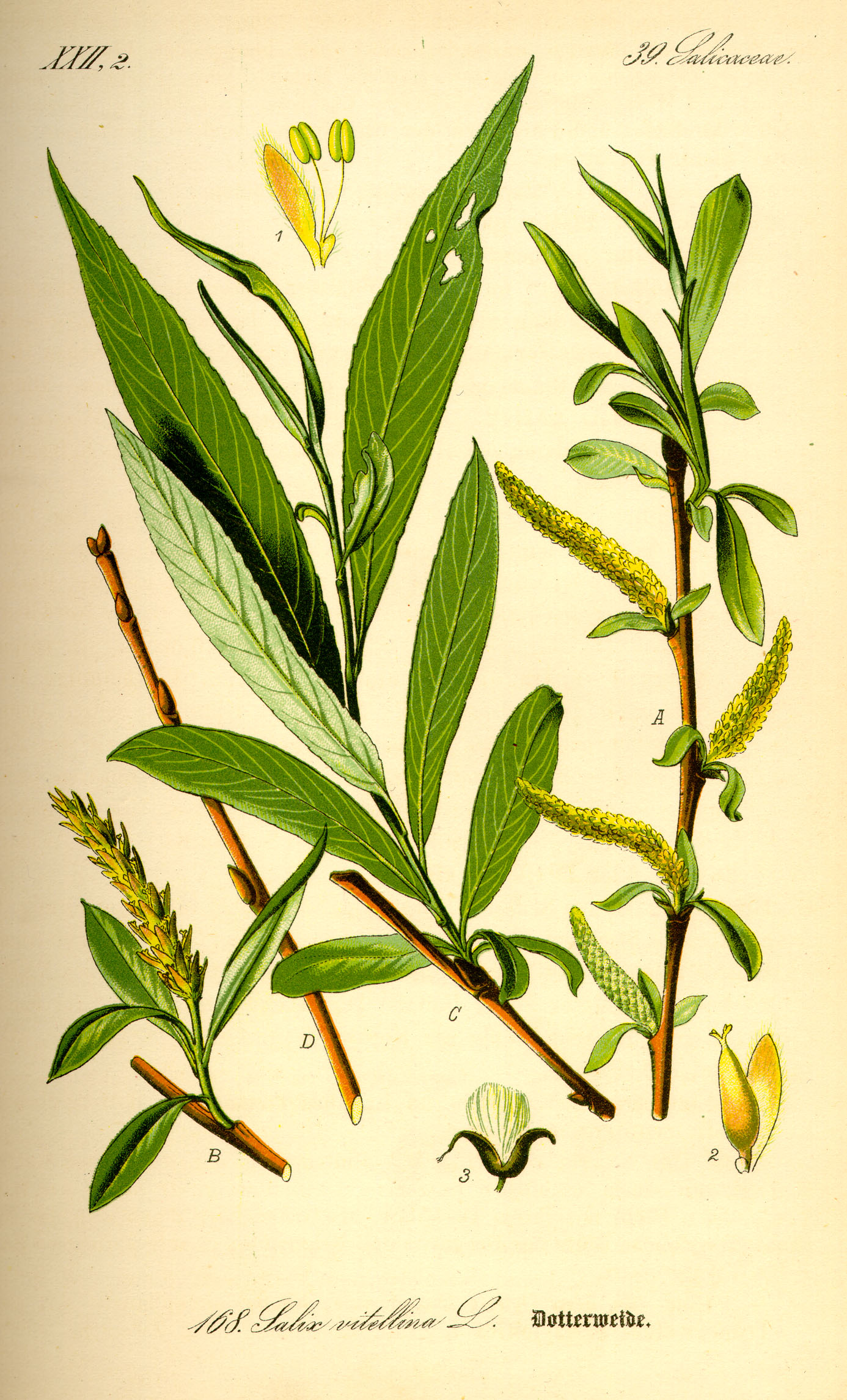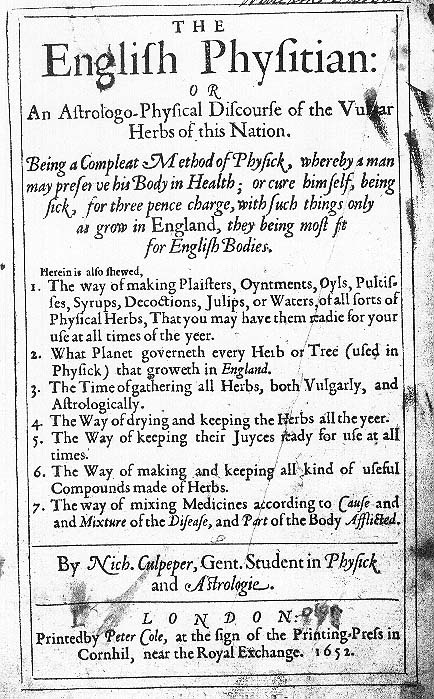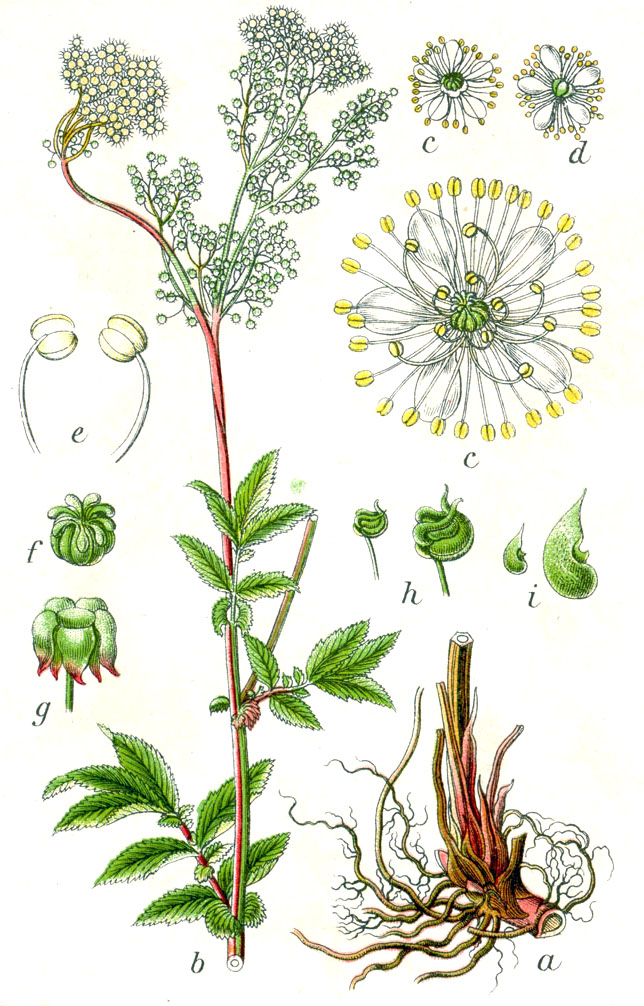|
History Of Aspirin
Aspirin (acetylsalicylic acid), an organic compound that does not occur in nature, was first synthesised in 1899. In 1897, scientists at the drug and dye firm Bayer began investigating acetylated organic compounds as possible new medicines, following the success of acetanilide ten years earlier. Two years later, Bayer created acetylsalicylic acid, which they marketed around the world under the brand name "Aspirin". The drug was sold widely in the first half of the twentieth century, both by Bayer and by competing drug manufacturers. The name "aspirin" was so widely used that Bayer lost (or sold) the rights to the trademark in many countries. Aspirin's popularity declined after the development of acetaminophen/paracetamol in 1956 and ibuprofen in 1962. In the 1960s and 1970s, John Vane and others discovered the basic mechanism of aspirin's effects, while clinical trials and other studies from the 1960s to the 1980s established aspirin's efficacy as an anti-clotting agent that ... [...More Info...] [...Related Items...] OR: [Wikipedia] [Google] [Baidu] |
Aspirin
Aspirin () is the genericized trademark for acetylsalicylic acid (ASA), a nonsteroidal anti-inflammatory drug (NSAID) used to reduce pain, fever, and inflammation, and as an antithrombotic. Specific inflammatory conditions that aspirin is used to treat include Kawasaki disease, pericarditis, and rheumatic fever. Aspirin is also used long-term to help prevent further heart attacks, ischaemic strokes, and blood clots in people at high risk. For pain or fever, effects typically begin within 30 minutes. Aspirin works similarly to other NSAIDs but also suppresses the normal functioning of platelets. One common adverse effect is an upset stomach. More significant side effects include stomach ulcers, stomach bleeding, and worsening asthma. Bleeding risk is greater among those who are older, drink alcohol, take other NSAIDs, or are on other blood thinners. Aspirin is not recommended in the last part of pregnancy. It is not generally recommended in children with infections ... [...More Info...] [...Related Items...] OR: [Wikipedia] [Google] [Baidu] |
Nicholas Culpeper
Nicholas Culpeper (18 October 1616 – 10 January 1654) was an English botanist, herbalist, physician and astrologer.Patrick Curry: "Culpeper, Nicholas (1616–1654)", ''Oxford Dictionary of National Biography'' (Oxford, UK: OUP, 2004) His book ''The English Physitian'' (1652, later ''Complete Herbal'', 1653 ff.) is a source of pharmaceutical and herbal lore of the time, and ''Astrological Judgement of Diseases from the Decumbiture of the Sick'' (1655) one of the most detailed works on medical astrology in Early Modern Europe. Culpeper catalogued hundreds of outdoor medicinal herbs. He scolded contemporaries for some of the methods they used in herbal medicine: "This not being pleasing, and less profitable to me, I consulted with my two brothers, and , and took a voyage to visit my mother , by whose advice, together with the help of , I at last obtained my desire; and, being warned by , a stranger in our days, to publish it to the world, I have done it." Culpeper came from ... [...More Info...] [...Related Items...] OR: [Wikipedia] [Google] [Baidu] |
Salicylic Acid
Salicylic acid is an organic compound with the formula HOC6H4COOH. A colorless (or white), bitter-tasting solid, it is a precursor to and a active metabolite, metabolite of acetylsalicylic acid (aspirin). It is a plant hormone, and has been listed by the EPA Toxic Substances Control Act (TSCA) Chemical Substance Inventory as an experimental teratogen. The name is from Latin for willow tree, from which it was initially identified and derived. It is an ingredient in some anti-acne products. Salts and esters of salicylic acid are known as salicylates. Uses Medicine Salicylic acid as a medication is commonly used to remove the outermost layer of the skin. As such, it is used to treat warts, psoriasis, acne vulgaris, ringworm, dandruff, and ichthyosis. Similar to other hydroxy acids, salicylic acid is an ingredient in many skincare products for the treatment of seborrhoeic dermatitis, acne, psoriasis, calluses, Corn (medicine), corns, keratosis pilaris, acanthosis nigricans, ... [...More Info...] [...Related Items...] OR: [Wikipedia] [Google] [Baidu] |
Raffaele Piria
Raffaele Piria (Scilla 20 August 1814 – Turin 18 July 1865) was an Italian chemist from Scilla, who lived in Palmi. He converted the substance Salicin into a sugar and a second component, which on oxidation becomes salicylic acid, a major component of the analgesic drug Aspirin ( acetylsalicylic acid). Other reactions discovered by Piria were the conversion of aspartic acid to malic acid Malic acid is an organic compound with the molecular formula . It is a dicarboxylic acid that is made by all living organisms, contributes to the sour taste of fruits, and is used as a food additive. Malic acid has two stereoisomeric forms ( ... by action of nitrogen dioxide, and the reaction of aromatic nitro compounds with sulfite towards aminosulfonic acids. References {{DEFAULTSORT:Piria, Raffaele Italian chemists People from Scilla, Calabria Scientists from the Kingdom of the Two Sicilies People from Palmi 1814 births 1865 deaths Academic staff of the University of ... [...More Info...] [...Related Items...] OR: [Wikipedia] [Google] [Baidu] |
Filipendula Ulmaria
''Filipendula ulmaria'', commonly known as meadowsweet or mead wort, is a perennial herbaceous plant in the family Rosaceae that grows in damp meadows. It is native throughout most of Europe and Western Asia (Near East and Middle East). It has been introduced and naturalised in North America. Meadowsweet has also been referred to as queen of the meadow, pride of the meadow, meadow-wort, meadow queen, lady of the meadow, dollof, meadsweet, and bridewort. Description The stems, growing to tall, erect and furrowed, reddish to sometimes purple. The leaves are dark-green on the upper side and whitish and downy underneath, much divided, interruptedly pinnate, having a few large serrate leaflets and small intermediate ones. Terminal leaflets are large, 4–8 cm long, and three- to five-lobed. Meadowsweet has delicate, graceful, creamy-white flowers clustered close together in irregularly-branched cymes, having a very strong, sweet smell redolent of antiseptic. They flower from ... [...More Info...] [...Related Items...] OR: [Wikipedia] [Google] [Baidu] |
Johann Andreas Buchner
Johann Andreas Buchner (6April 17835June 1852) was a German pharmacologist working in the area of alkaloids. He was the father of pharmacologist Ludwig Andreas Buchner (1813–1897). He was born in Munich and studied at Johann Bartholomäus Trommsdorff's pharmaceutical institute in Erfurt, obtaining his PhD in 1807. In 1809, he became ''Oberapotheker'' of the ''Zentral-Stiftungs-Apotheke'' for hospitals in Munich. In 1818, he was appointed an associate professor of pharmacy, medical formula instruction and toxicology at the University of Landshut, where he later became a full professor of pharmacy (1822). When the university relocated to Munich, he moved back to his home town, where he lived and worked until his death. He is credited with isolating salicin from willow bark (1828) and the discovery of berberine (from the root bark of ''Berberis vulgaris''). [...More Info...] [...Related Items...] OR: [Wikipedia] [Google] [Baidu] |
Alkaloids
Alkaloids are a broad class of naturally occurring organic compounds that contain at least one nitrogen atom. Some synthetic compounds of similar structure may also be termed alkaloids. Alkaloids are produced by a large variety of organisms including bacteria, fungi, plants, and animals. They can be purified from crude extracts of these organisms by acid-base extraction, or solvent extractions followed by silica-gel column chromatography. Alkaloids have a wide range of pharmacological activities including antimalarial (e.g. quinine), antiasthma (e.g. ephedrine), anticancer (e.g. homoharringtonine), cholinomimetic (e.g. galantamine), vasodilatory (e.g. vincamine), antiarrhythmic (e.g. quinidine), analgesic (e.g. morphine), antibacterial (e.g. chelerythrine), and antihyperglycemic activities (e.g. berberine). Many have found use in traditional or modern medicine, or as starting points for drug discovery. Other alkaloids possess psychotropic (e.g. psilocin) and ... [...More Info...] [...Related Items...] OR: [Wikipedia] [Google] [Baidu] |
Organic Chemistry
Organic chemistry is a subdiscipline within chemistry involving the science, scientific study of the structure, properties, and reactions of organic compounds and organic matter, organic materials, i.e., matter in its various forms that contain carbon atoms.Clayden, J.; Greeves, N. and Warren, S. (2012) ''Organic Chemistry''. Oxford University Press. pp. 1–15. . Study of structure determines their structural formula. Study of properties includes Physical property, physical and Chemical property, chemical properties, and evaluation of Reactivity (chemistry), chemical reactivity to understand their behavior. The study of organic reactions includes the organic synthesis, chemical synthesis of natural products, drugs, and polymers, and study of individual organic molecules in the laboratory and via theoretical (in silico) study. The range of chemicals studied chemistry includes hydrocarbons (compounds containing only carbon and hydrogen) as well as compounds based on carbon, but a ... [...More Info...] [...Related Items...] OR: [Wikipedia] [Google] [Baidu] |
American Civil War
The American Civil War (April 12, 1861May 26, 1865; also known by Names of the American Civil War, other names) was a civil war in the United States between the Union (American Civil War), Union ("the North") and the Confederate States of America, Confederacy ("the South"), which was formed in 1861 by U.S. state, states that had Secession in the United States, seceded from the Union. The Origins of the American Civil War, central conflict leading to war was a dispute over whether Slavery in the United States, slavery should be permitted to expand into the western territories, leading to more slave states, or be prohibited from doing so, which many believed would place slavery on a course of ultimate extinction. Timeline of events leading to the American Civil War, Decades of controversy over slavery came to a head when Abraham Lincoln, who opposed slavery's expansion, won the 1860 presidential election. Seven Southern slave states responded to Lincoln's victory by seceding f ... [...More Info...] [...Related Items...] OR: [Wikipedia] [Google] [Baidu] |
Peruvian Bark
Jesuit's bark, also known as cinchona bark, Peruvian bark or China bark, is a former remedy for malaria, as the bark contains quinine, used to treat the disease. The Bark (botany), bark of several species of the genus ''Cinchona'', family Rubiaceae indigenous to the western Andes of South America, was introduced to Jesuit missionaries during the 17th century as a traditional treatment for malaria by indigenous people in Peru. History The postcolonial history of cinchona bark dates back more than 350 years. Circa 1650, the physician Sebastiano Bado declared that this bark had proved more precious to mankind than all the gold and silver that the Spaniards had obtained from South America. In the 18th century, the Italian professor of medicine Bernardino Ramazzini said that the introduction of Peruvian bark would be of the same importance to medicine that the discovery of gunpowder was to the art of war, an opinion endorsed by contemporary writers on the history of medicine. The val ... [...More Info...] [...Related Items...] OR: [Wikipedia] [Google] [Baidu] |
Astringency
An astringent (sometimes called adstringent) is a chemical that shrinks or constricts body tissues. The word derives from the Latin '' adstringere'', which means "to bind fast". Astringency, the dry, puckering or numbing mouthfeel caused by the tannins in unripe fruits, lets the fruit mature by deterring eating. Tannins, being a kind of polyphenol, bind salivary proteins and make them precipitate and aggregate, producing a rough, "sandpapery", or dry sensation in the mouth. Smoking tobacco is also reported to have an astringent effect. In a scientific study, astringency was still detectable by subjects who had local anesthesia applied to their taste nerves, but not when both these and the trigeminal nerves were disabled. Uses In medicine, astringents cause constriction or contraction of mucous membranes and exposed tissues and are often used internally to reduce discharge of blood serum and mucous secretions. This can happen with a sore throat, hemorrhages, diarrhea, and p ... [...More Info...] [...Related Items...] OR: [Wikipedia] [Google] [Baidu] |
Salix Alba
''Salix alba'', the white willow, is a species of willow native to Europe and western and Central Asia.Meikle, R. D. (1984). ''Willows and Poplars of Great Britain and Ireland''. BSBI Handbook No. 4. .Rushforth, K. (1999). ''Trees of Britain and Europe''. Collins . The name derives from the white tone to the undersides of the leaves. It is a medium to large deciduous tree growing up to 10–30 m tall, with a trunk up to 1 m diameter and an irregular, often-leaning crown. The bark is grey-brown and is deeply fissured in older trees. The shoots in the typical species are grey-brown to green-brown. The leaves are paler than most other willows because they are covered with very fine, silky white hairs, in particular on the underside; they are 5–10 cm long and 0.5–1.5 cm wide. The flowers are produced in catkins in early spring and are pollinated by insects. It is dioecious, with male and female catkins on separate trees; the male catkins are 4–5 cm ... [...More Info...] [...Related Items...] OR: [Wikipedia] [Google] [Baidu] |








